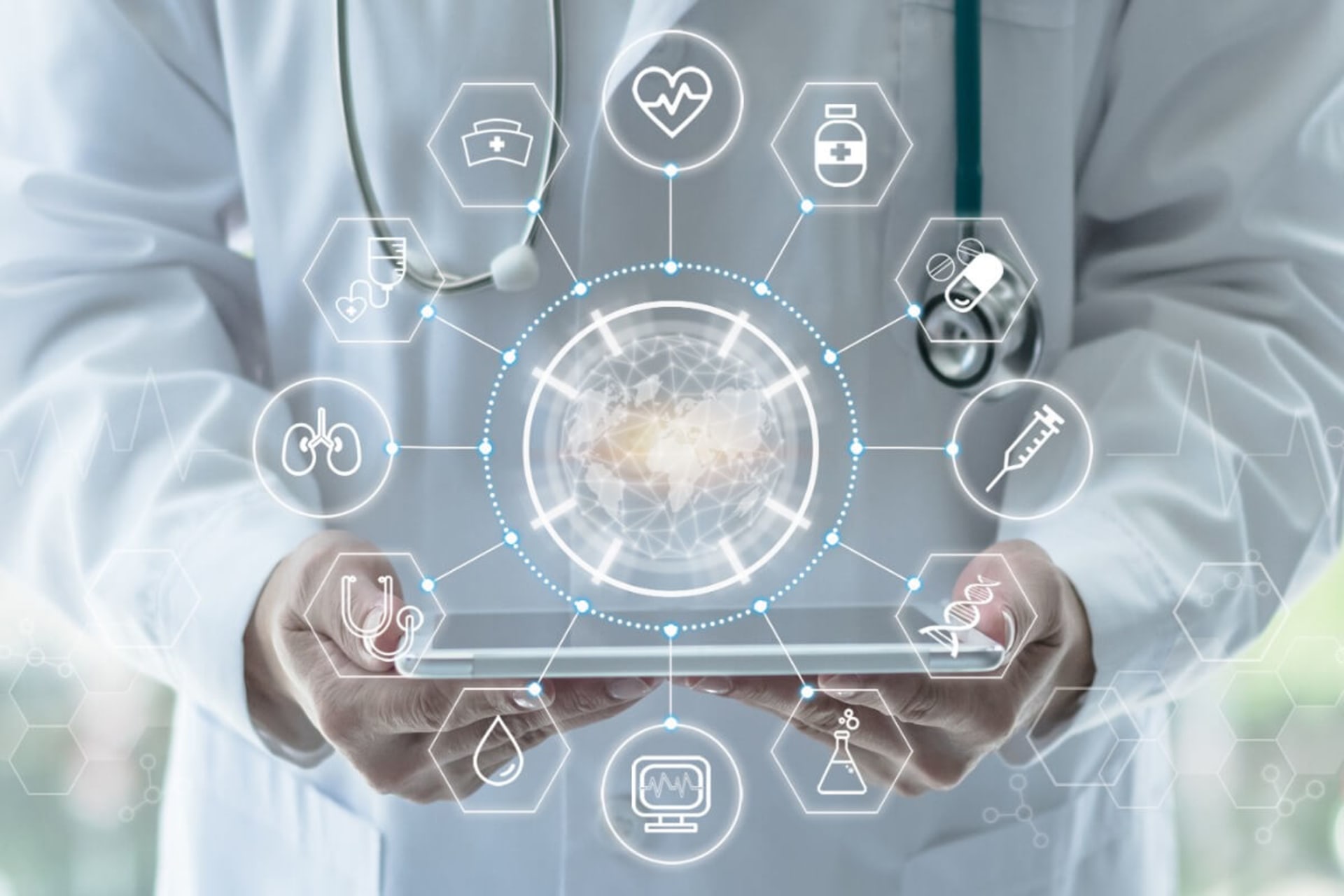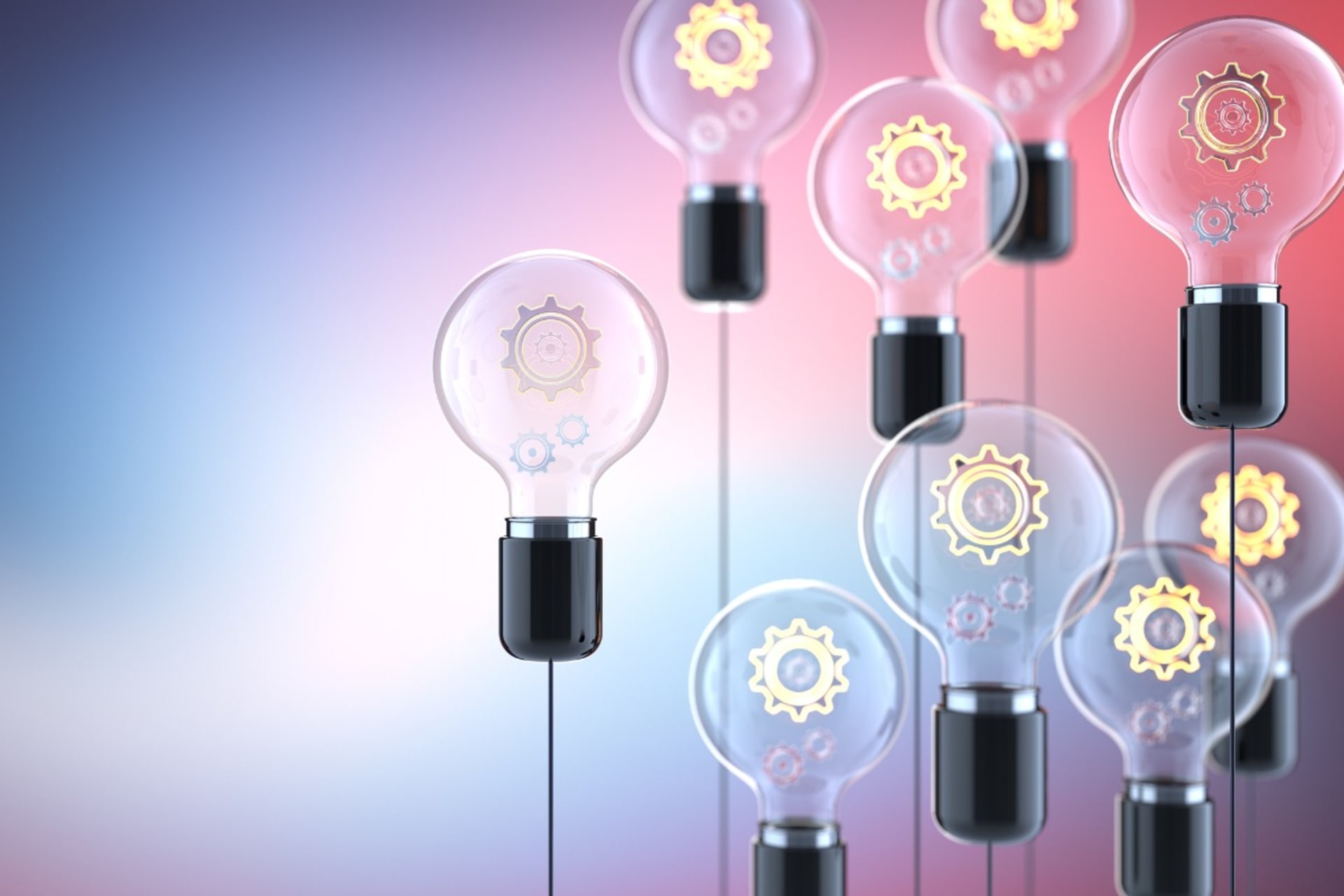Healthcare is one of the most important sectors of modern society. It’s a sector that is constantly evolving and changing as scientists and experts release new technologies and treatments. The Internet of Things (IoT) is one of the latest technologies to enter the healthcare sector.
To maximize its applicability and use cases in healthcare, business owners must understand how to make the most of IoT in healthcare and the benefits and challenges of using it. Additionally, they must also know how it’s changing medicine and how any new technology can help make a much larger difference than expected.
What Is IoT?
The Internet of Things (IoT) is a network of physical objects embedded with sensors, software, and other technologies to collect and exchange data. Healthcare is one industry that benefits greatly from IoT due to the vast amount of data available for secure collection and analysis to improve patient care.
How Is IoT in Healthcare Changing Medicine?
The IoT has the potential to change healthcare in many ways. For example, wearable devices now collect data on patients’ heart rate, activity level, sleep patterns, and other vital data. This data can then detect early signs of illness or disease. Additionally, IoT can monitor patients remotely, thus improving access to care for people who live in rural areas or have difficulty leaving their homes.
![]()
IoT is also changing the way doctors and medical professionals use medical devices. For example, many hospitals use IoT-enabled devices to track inventory and streamline operations. Some medical devices now even connect to the internet and share data with healthcare providers in real time. This allows for more accurate diagnosis and treatment of patients while also allowing for more time spent actually speaking with patients.
The Benefits of IoT in Healthcare
There are many potential benefits of IoT in healthcare. Perhaps the most significant is its ability to improve patient care. These benefits include the following:
- IoT devices can monitor patients’ vital signs, such as heart rate and blood pressure. They can also track medication adherence and provide real-time alerts to caregivers if a patient’s condition changes.
- The IoT can also help hospitals manage their assets more effectively. For example, sensors help track the location of equipment and drugs while hospitals use RFID tags to track surgical instruments.
- In addition, IoT can help hospitals reduce their energy consumption. Smart sensors also have the ability to monitor and adjust lighting, temperature, and ventilation in real time based on the needs of the patients and staff.
- Tools powered by the IoT can help hospitals improve their safety and security. For example, biometric scanners offer the ability to control access to sensitive areas, and video surveillance cameras paired with artificial intelligence (AI) integrations help to monitor hospital premises.
With proper security measures in place, IoT can help make healthcare solutions more efficient and effective by providing real-time data on patients’ vital signs and streamlining overall processes. Some of the additional potential benefits of using IoT in healthcare include:
- Improved patient outcomes
- Reduced costs
- Earlier detection of disease
- Improved coordination of care
- Improved patient engagement
The Cybersecurity Challenges of IoT in Healthcare
Despite the many potential benefits of IoT in healthcare, many challenges still need to be addressed. One of the biggest challenges in cybersecurity is the fact that hospitals are already struggling to keep pace with the ever-changing landscape of cyber threats. The risk of a breach increases as more and more devices require a connection to the network.
Another challenge is interoperability. For IoT devices to be effective, they need to communicate with each other and other hospital systems. However, many IoT devices are proprietary and use proprietary protocols, which makes integrations difficult.
Also, there is currently a lack of standardization in the healthcare industry, which makes it difficult to develop and implement IoT solutions. For example, there is no standard way of collecting patient data or managing medical devices. This lack of standardization makes it difficult to develop applications that remain usable across different hospitals.
Below are a few other challenges that need to be addressed before the healthcare sector can widely adopt the technology. These include:
- Data security and privacy concerns
- The need for interoperability between devices
- The potential for human error
- The risk of cyberattacks
- Regulatory issues
New IoT Devices Used in Healthcare

IoT devices have already become increasingly important in improving patient outcomes and reducing costs. These devices make a big impact, from remote monitoring of vital signs to predictive analytics that help prevent hospitalizations.
These devices will undoubtedly only continue to become more popular and widespread in the healthcare industry in the years to come. There are many different types of IoT devices used in healthcare today. Some of the most popular include:
- Smart beds that can help prevent pressure ulcers
- Wearable devices that track patients’ vital signs
- Remote patient-monitoring systems
- IoT-enabled medical devices
Each device offers unique benefits that improve patient care and make healthcare operations more efficient. For example, smart beds can help reduce the risk of issues for bed-bound patients, while wearable devices can provide real-time vital signs data. Remote patient-monitoring systems can also help reduce hospital readmissions.

Examples of New IoT Devices Already in Use in Healthcare
- The Philips Remote Patient Monitoring System utilizes IoT technology to allow patient monitoring remotely by their care team. This can help reduce hospital readmissions and improve outcomes.
- The Medtronic MiniMed 670G Insulin Pump is the first FDA-approved smart insulin pump that uses IoT technology to automate insulin delivery based on real-time glucose levels. This greatly helps improve glycemic control for people with diabetes.
- The GE Healthcare Vscan Extend is a portable ultrasound device that uses IoT technology to allow physicians to access patient data from anywhere. This improves patient care by providing timely access to diagnostic information.
These are just a few examples of how the healthcare field uses new IoT devices every day. As the technology continues to evolve, the sector can expect even more innovative and impactful applications of the IoT.
IoT: Bettering the Field or a Burden?
The Internet of Things has the potential to transform every aspect of healthcare delivery from patient care to population health management. However, many cybersecurity challenges need to be addressed before the full adoption of IoT in healthcare can be a standard part of patient care. These challenges include cybersecurity, interoperability, and lack of standardization.
If you enjoyed this, be sure to check out our other IoT articles.





